As you get ready to fire up the grill this Independence Day, we're here with a crash course in understanding the different cuts of meat that you'll be tossing on the coals.
A single cow, pig, or lamb gets broken down into more than a dozen cuts by the time it reaches the supermarket -- the good news is that many of them cook up identically, no matter their origin, and with a little knowledge, you'll be browsing your butcher section like a pro. Here's our rundown of meat substitution for the grill and the best recipes to use (look out for similar guides for braising and roasting)!
1. Steaks
When it comes to steaks, there are two types: cuts that come from the loin -- these are what you think of when you hear "steak," big, flashy cuts of meat that are brought to the table whole -- and cuts that come from the sirloin, plate, and flank -- large, flat cuts that are cut into strips either before or after grilling. Cuts of meat in these two categories can be easily substituted for each other. This gives you the flexibility of buying whatever cut looks the best that day!
Loin: porterhouse, T-bone, ribeye, filet mignon
Where: The loin is the entire area running along the cow's spine. Because these muscles are rarely used, they're both extremely tender and lower in fat marbling.
How to cook it: These cuts are perfect for fast grilling over indirect heat, and are best served medium to medium rare. (As butcher Tom Mylan of Brooklyn's The Meat Hook tells us, rare is not always better.) Try Steak for a Brooklyn Backyard Barbeque, Merrill's Steak with Arugula, Lemon, and Parmesan, or Cowboy-Rubbed Ribeye -- all of them work well on the grill.
Sirloin, Plate, and Flank: tri-tip, skirt, flank, hangar
Where: These all come from parts of the cow that get a lot of activity, like the belly and back. Because of this, the resulting large cuts of meat are tougher -- but also much more flavorful. (Bonus: these cuts are often much less expensive, and with their intense beefiness, a little goes a long way.)
How to cook it: These big cuts are perfect for the grill, because they often won't fit in a pan on the stove. Never go past medium rare with these cuts, and always cut them against the grain -- by cutting across the muscle fibers, you get tender bites from a potentially tough cut of meat. Both Flank Steak on Texas Toast with Chimichurri and Amanda's Sugar Steak with Bourbon are perfect for these cuts.
2. Chops
Simply put, a chop is a cut of meat from the spine that has a section of rib attached to it. (Those beef loin steaks like T-bone and ribeye are technically beef chops, without the rib attached) There are many types of lamb and pork chops -- they differ slightly in cost, flavor, and texture, but are easily substituted for each other in recipes.
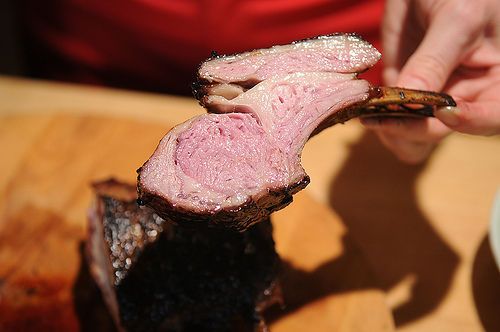
Lamb Chops: rib, loin, leg, sirloin
Where: These come from all over the animal! The lollipop-like cuts of meat that "lamb chops" bring to mind are the rib chops, cut directly from the animal's ribs. Loin chops comes from the back and are sometimes called the "lamb's answer to Porterhouse steaks." Leg chops are cut from the leg of the lamb, near the joint, and sirloin chops are from the lower end of the back, slightly less tender than the others.
How to Cook: Lamb should always be grilled to medium rare and allowed to rest! These cuts are all very similar, although the non-rib chops can have connective tissue running through that you'll want to carve around. Our two contest winners Grilled Rack of Lamb Asian Salad and Grilled Blade Chops Over Greek Salad are serious crowd-pleasers.
Pork Chops: blade, rib, center cut, sirloin
Where: These are cut in a row, from blade to sirloin, from the back of the pig -- and each differs in how it should be cooked because of its placement.
How to Cook: The blade and the sirloin chops come from the front and end of the back, respectively, and the extra fat and tissue they contain make them better suited to very slow cooking. With their tender meat and regular shape, rib and center cut chops are perfect for grilling, although their low fat content puts them at risk of drying out -- so don't overcook them! Pork Chops with Homemade Buttermilk Ranch and Paprika Pork Chops are both as welcome at the grill as they are at the stove.
3. Ribs
Ribs are perfect for the grill, but with their slow cooking time, they require advance preparation. While regional barbecue specialties like St Louis-style ribs may call for a certain cut of meat, the different rib cuts can easily sub in for each other.
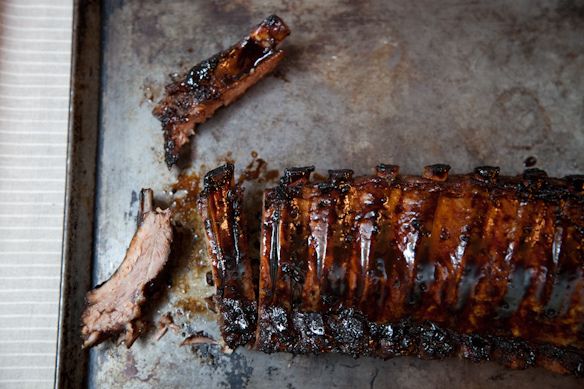
Pork Ribs: baby back, spareribs, country-style
Where: Baby back ribs are from directly under the spine and are prized for being tender and lean. "Baby" has nothing to do with the pig's age -- the very short rib bones attached to the meat give them the name. Spareribs come from further down the spine; according to the USDA, a slab of spareribs must contain at least 11 ribs. Country-style ribs are not true ribs at all! Rather, they are cut from the front of the ribs and contain mostly shoulder meat and bones -- they still cook up like ribs, however, and are much meatier than other rib cuts to boot.
How to cook: To take full advantage of the fat running through a slab of ribs, they should be cooked "low and slow" -- as low and as slow as possible! The rendering fat will make the meat on the ribs fall-off-the-bone tender, no matter what cut you use. We recommend both Ian Knaeur's Genius Sticky Balsamic Ribs and these Seriously Delicious Ribs.
Beef Ribs: back, short
Where: Back ribs are the foundation from which ribeye steaks are cut -- they have very little meat to present, although they're very tender, just like the steaks that come from them. Meaty, fatty short ribs come from lower on the spine, near where the flank steak is found.
How to cook: Because of its modest amount of meat, back ribs are both inexpensive and a great candidate for very slow cooking (and you can use short ribs anywhere you would cook with back ribs). Short ribs are more flexible: they can be cut lengthwise for quick-grilled Korean Kalbi, braised for hours until the meat is fork-tender, or deboned and grilled whole before being cut against the grain.
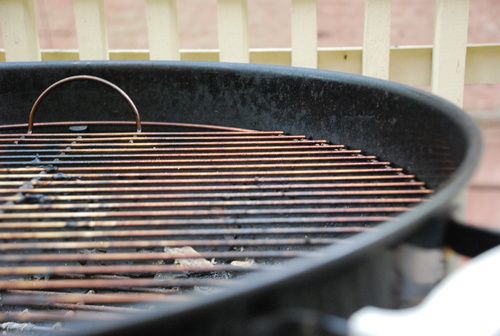
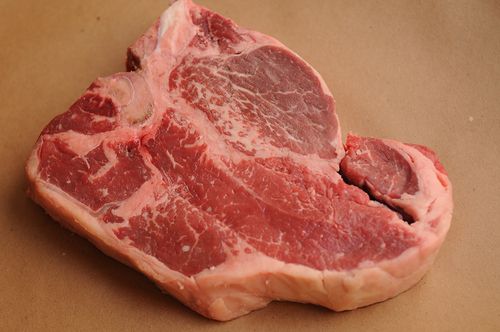
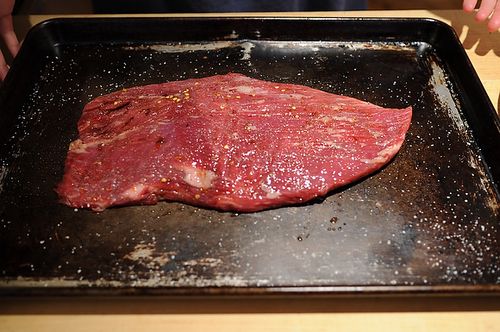
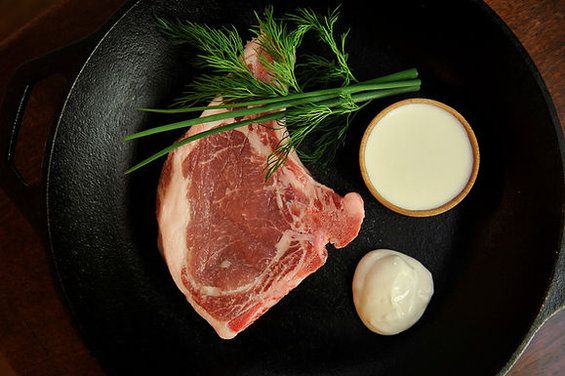
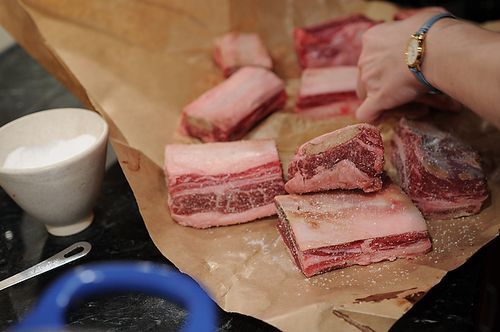

See what other Food52 readers are saying.